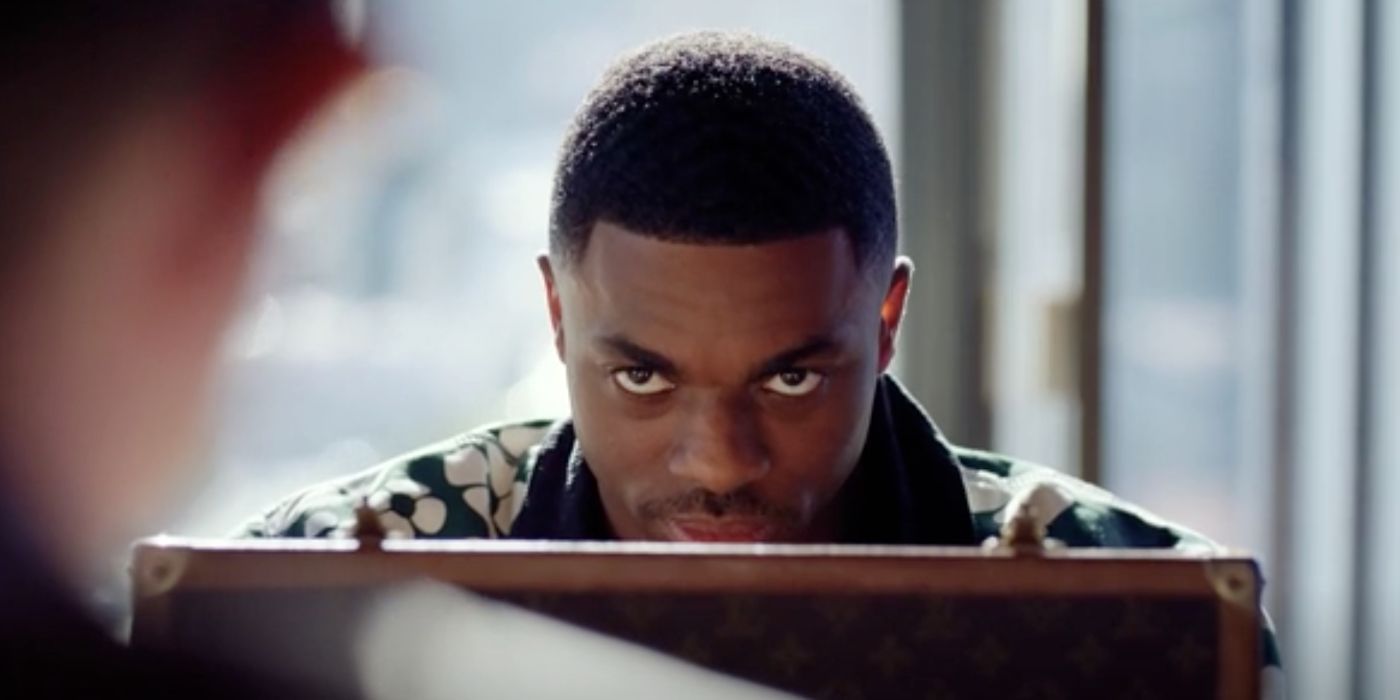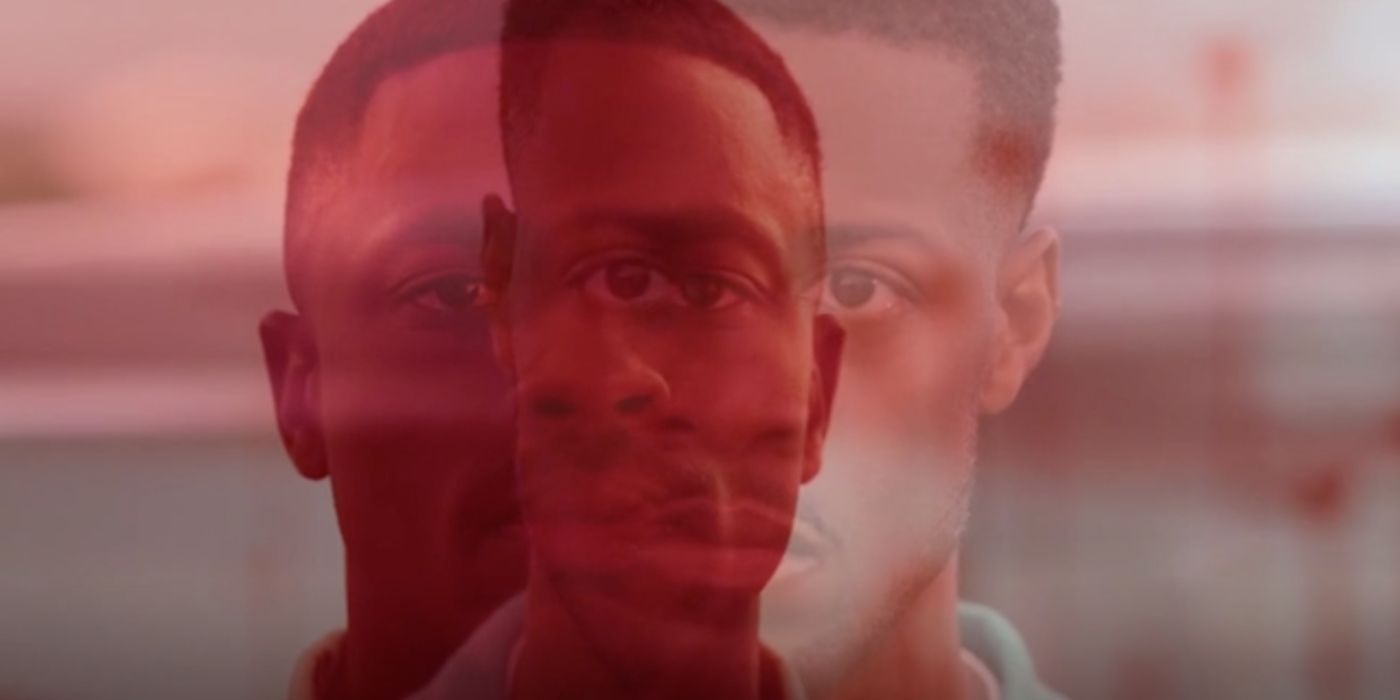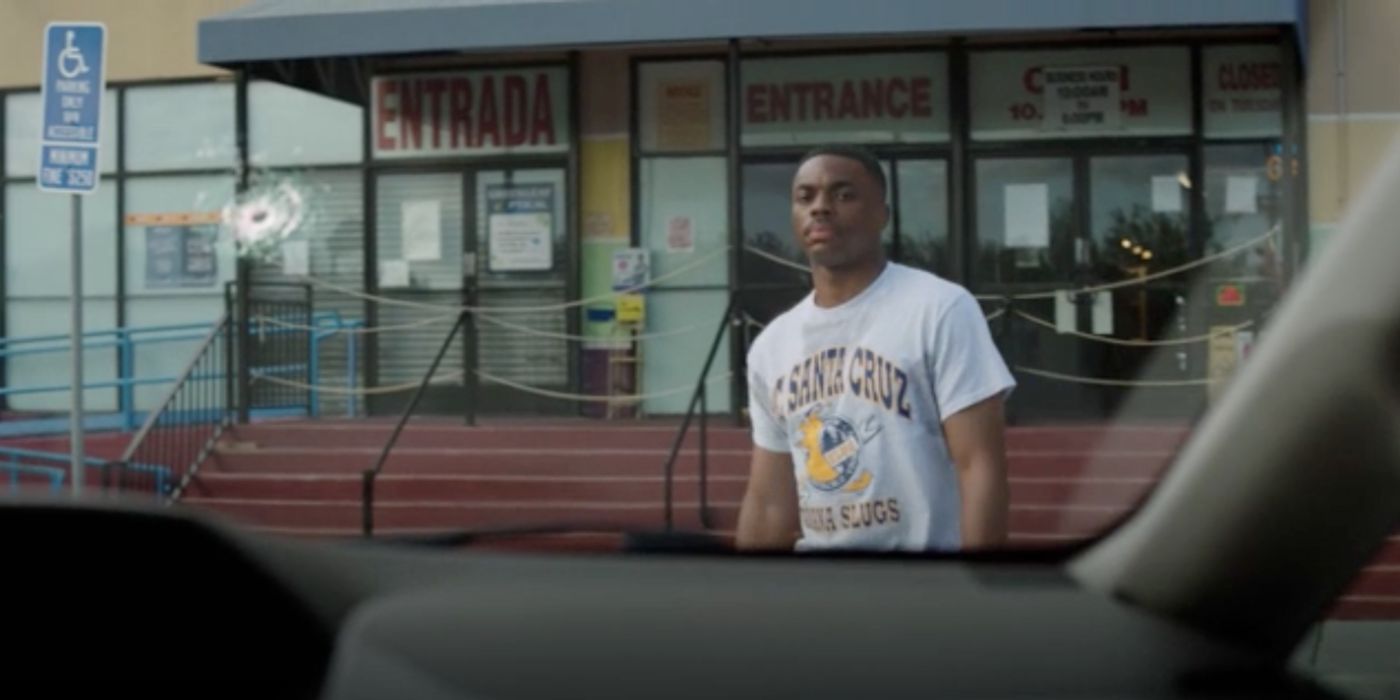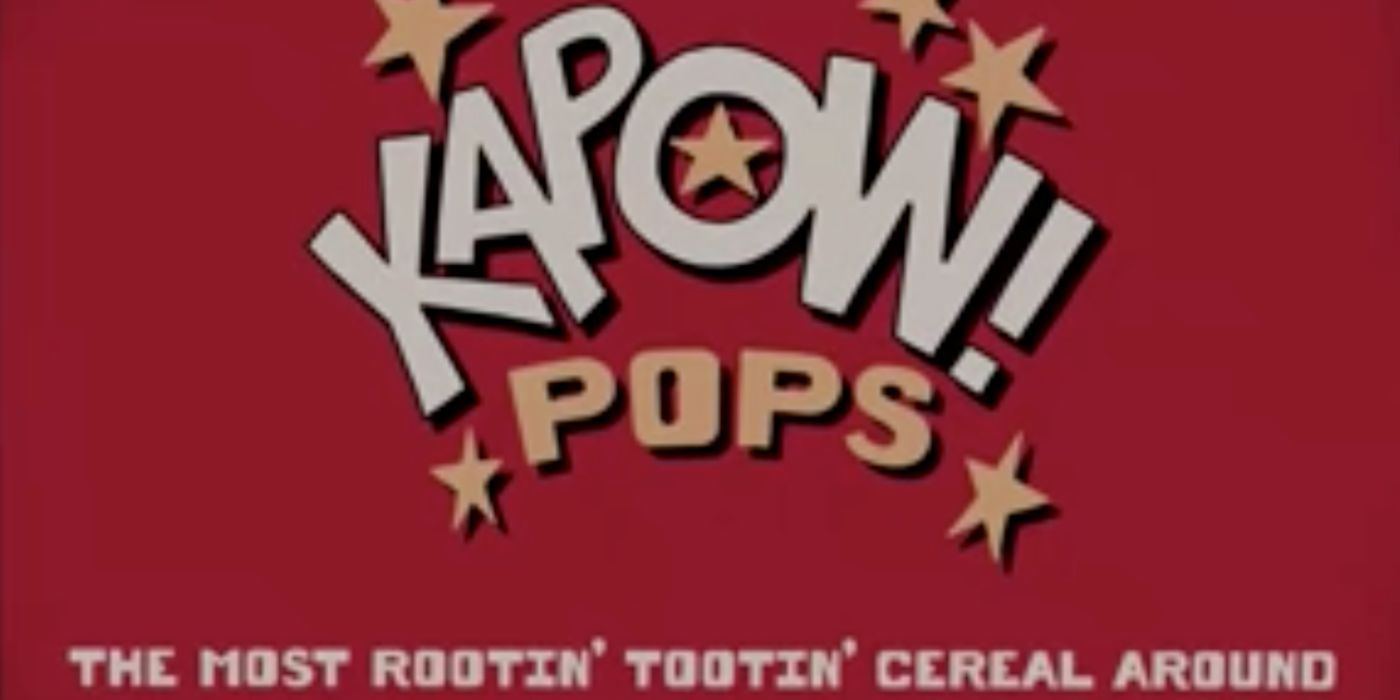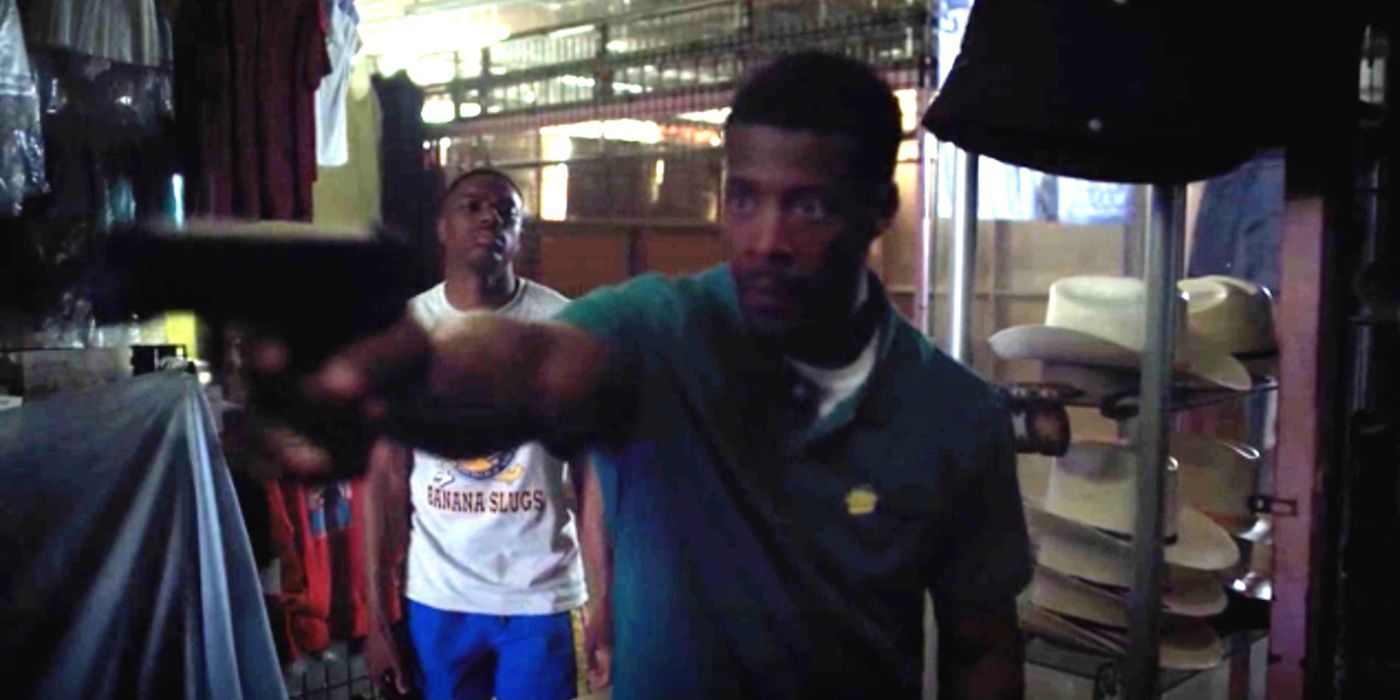
Exploring Quentin Tarantino References in The Vince Staples Show

Uncover the hidden Tarantino easter eggs sprinkled throughout The Vince Staples Show. How many references did you catch?
The Vince Staples Show on Netflix is influenced by various filmmakers and TV shows, particularly Quentin Tarantino, with hidden references scattered throughout. These nods add an extra layer of intrigue to the series, making it even more captivating. Created by rapper Vince Staples, this five-episode Afro-surrealist satire on Netflix reflects Staples' passion for film and his talent for incorporating elements from iconic works into his own storytelling. Drawing from Staples' personal encounters with fame and wealth, the show skillfully develops its own unique style while paying tribute to its stylistic predecessors, such as Quentin Tarantino.
The Glowing Briefcase
In one episode of The Vince Staples Show, a mysterious glowing briefcase makes a cameo appearance. This subtle nod to Quentin Tarantino's iconic film, Pulp Fiction, adds an element of intrigue and excitement for viewers familiar with the movie. The briefcase serves as a clever Easter egg, inviting fans to draw connections between the two works and appreciate the attention to detail in the show's production. This small yet significant reference is just one example of how The Vince Staples Show pays homage to Tarantino's cinematic legacy, enriching the viewing experience for those who appreciate the director's work.
A reference to Pulp Fiction (1994)
Vince looking over a briefcase - A reference to Pulp Fiction (1994) - The Glowing Briefcase
In the second episode, "Black Business,” Vince goes to a bank to ask about a loan with a mysterious briefcase in hand. The loan officer asks for Vince's business plan, prompting him to open the briefcase, which emits a captivating glow. This moment is reminiscent of the glowing briefcase from Pulp Fiction, a nod to Quentin Tarantino's famous film and showcasing Staples' unique perspective.
In Pulp Fiction, the contents of the briefcase are never revealed, only a glowing light inside. This mysterious element has become a trademark of Tarantino's storytelling, sparking discussions and interpretations among fans. The Vince Staples Show seems to be channeling this same energy by incorporating this iconic imagery. This adds complexity to Vince's character and suggests the show's ability to blend references into a compelling storyline.
The Stare-Down
A reference from the Kill Bill series (2003,2004)
Vince and White Boy with a red filter - A reference from the Kill Bill series (2003,2004) - The Stare-Down
The Vince Staples Show episode 5 "White Boy" pays homage to Quentin Tarantino, especially the Kill Bill series. In this episode, Vince and White Boy, portrayed by Patrick Walker, have a intense stare-down scene that is reminiscent of the confrontations in Kill Bill. The score used in the scene, similar to the “Ironside Theme” by Quincy Jones from the Kill Bill movies, adds to the tension. This clever blend of visual and auditory elements not only honors Tarantino's unique style but also builds up a sense of suspense.
UC Santa Cruz Banana Slugs T-Shirt
Looking for a fun and spirited way to show your support for UC Santa Cruz? The Banana Slugs T-Shirt is the perfect choice! With its vibrant colors and bold design, this shirt is a great way to represent the university and its quirky mascot. Made from high-quality materials, it's comfortable to wear all day long. Whether you're a student, alumni, or fan, this t-shirt is a must-have addition to your wardrobe. Get yours today and let your Banana Slug pride shine!
A reference to Pulp Fiction (1994)
Vince in a parking lot in The Vince Staples Show - A reference to Pulp Fiction (1994) - UC Santa Cruz Banana Slugs T-Shirt
In episode 5 of The Vince Staples Show, Vince finds refuge in a laundromat to avoid being caught by White Boy. In a quick change of clothes to blend in, he chooses to wear a UC Santa Cruz Banana Slugs shirt. This specific wardrobe choice is not random. It pays homage to Vincent Vega, John Travolta's character in Pulp Fiction. The deliberate inclusion of this reference shows the show's attention to detail and admiration for Tarantino's work.
The UC Santa Cruz Banana Slugs shirt in The Vince Staples Show is a clever Easter egg for Tarantino fans. It draws parallels between the two characters named Vince and highlights the connection between their stories. By dressing Vince Staples in the same shirt as Vincent Vega, the show showcases Tarantino's impact on modern storytelling. This playful detail demonstrates the show's ability to pay tribute to classic movies while integrating them into its own narrative.
Kapow! Pops Cereal
A reference from Kill Bill: Volume 1 (2003)
Kapow pops - A reference from Kill Bill: Volume 1 (2003) - Kapow! Pops Cereal
In episode 2, Vince applies for a loan for his sugar-free cereal business, Kapow! Pops. A subtle but meaningful reference to Kill Bill Vol. 1 appears. This detail might go unnoticed, but it's a nice tribute to the famous filmmaker and the iconic movie. In a memorable scene from the film, Vernita Green, played by Vivica A. Fox, has a fierce fight with Uma Thurman's character, The Bride. Vernita tries to surprise The Bride by hiding a gun in a box of Kaboom cereal.
In the finale of The Vince Staples Show, a post-credits scene pays homage to an iconic moment through a cereal box reveal. This cleverly ties back to Vince's entrepreneurial pursuits, showcasing the show's attention to detail. By blending these elements together, the series creates an intriguing mix of pop-culture references that add depth and intrigue to the storyline. This seamless integration of classic film nods elevates the narrative, providing viewers with a richer and more immersive viewing experience.
A reference from Kill Bill: Volume 1 (2003)
White Boy pointing a gun with Vince standing behind him - A reference from Kill Bill: Volume 1 (2003) - The Post-Credits Scene In The Finale
The post-credits scene of The Vince Staples Show finale pays homage to Tarantino’s Kill Bill. It shows White Boy's son alone at home, watching a commercial for Kapow! Pops, the sugar-free cereal Vince wanted a loan for in episode 2 "Black Business." This detail hints that Vince may have won against White Boy, leaving the child fatherless and setting the stage for future conflict.
This scene parallels a key moment in Kill Bill, where The Bride confronts Vernita in her kitchen. In the movie, a deadly shootout unfolds in front of Vernita’s daughter, Nikki. The Bride then delivers a message hinting at possible future vengeance. By echoing this scene, The Vince Staples Show leaves viewers thinking about the consequences of Vince's actions and the potential for White Boy's son to seek revenge in the future, setting up tension for a possible second season.
Editor's P/S:
The article provides an insightful analysis of the numerous references to Quentin Tarantino's films in "The Vince Staples Show." By incorporating these subtle nods, the show elevates its narrative, adding depth and intrigue to the storyline. The clever use of Easter eggs and visual cues pays homage to Tarantino's legacy, inviting viewers to draw connections and appreciate the attention to detail. The seamless integration of these classic references enriches the viewing experience, providing a unique blend of pop culture and original storytelling.
Overall, the article effectively demonstrates how "The Vince Staples Show" skillfully blends its own distinct style with elements from iconic Tarantino films. This approach not only showcases Staples' passion for film but also adds an extra layer of intrigue for viewers familiar with Tarantino's work. By paying tribute to its stylistic predecessors while developing its own unique identity, the show creates a captivating viewing experience that appeals to both fans of Tarantino and those new to Staples' unique brand of Afro-surrealist satire.
